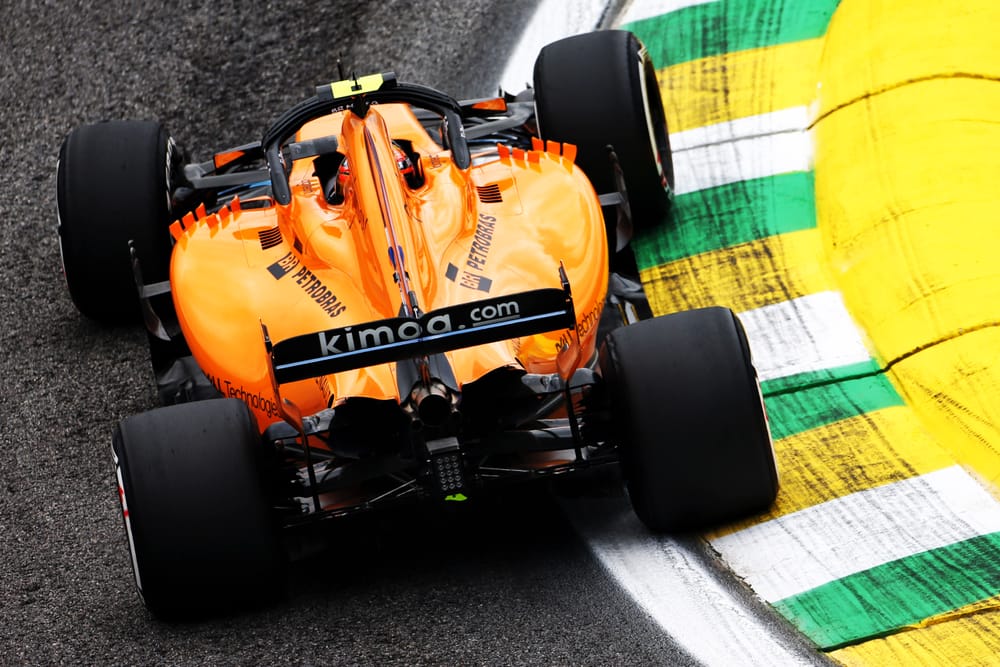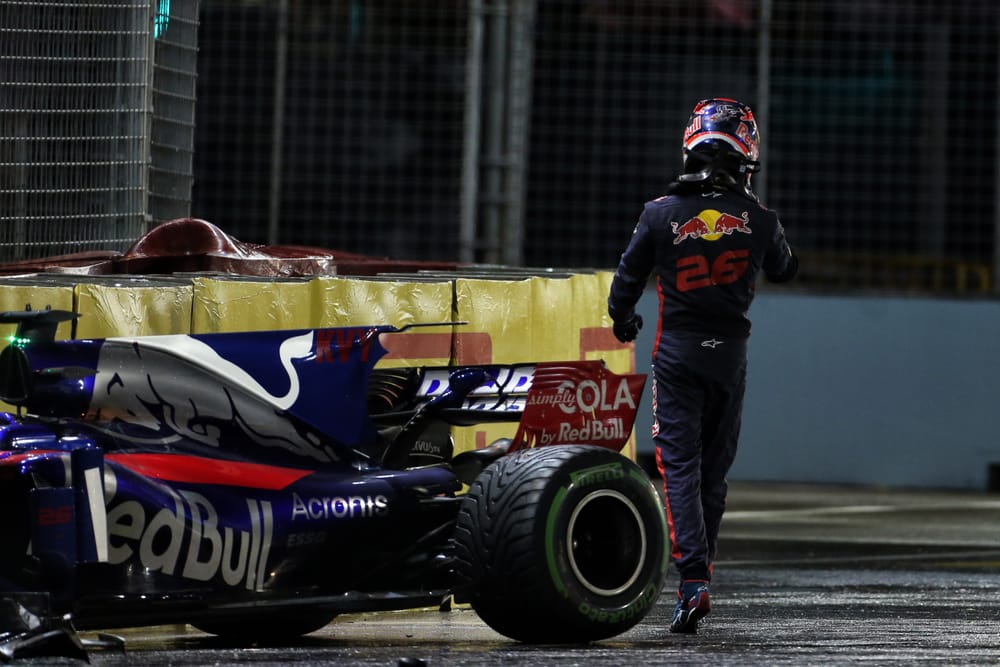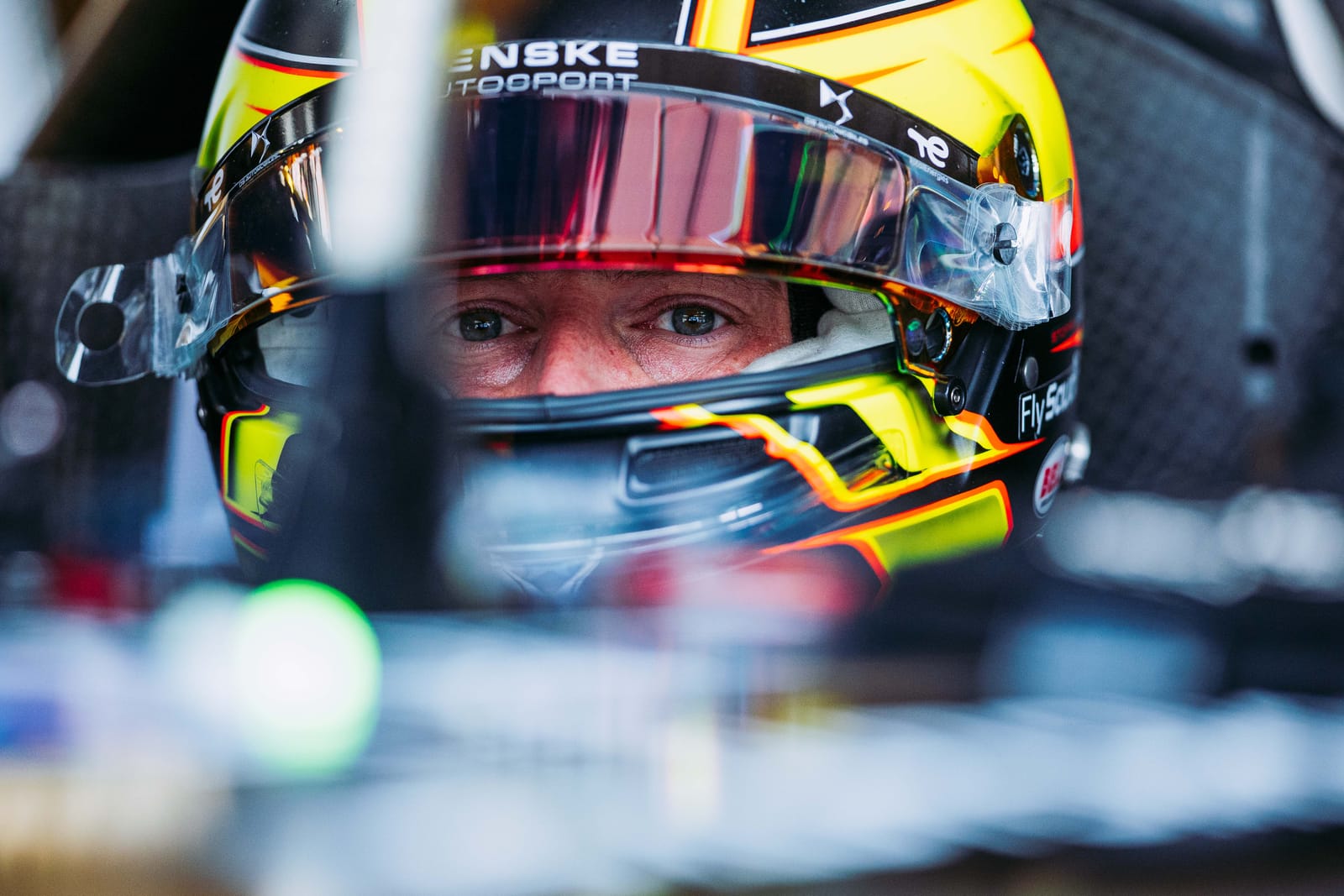Up Next

Which Formula 1 drivers never had a shot in frontrunning machinery but deserved one? Who was continually passed over by top teams through no fault of their own?
That's the question The Race's F1 team is tackling today, with each contributor restricted to one pick on a first-come first-served basis. This is all about drivers who made it onto the F1 grid for at least one race but - we feel - deserved better chances or more patience.
We're excluding drivers who were denied a stint in a top team merely through injury, like Robert Kubica's pre-agreement to join Ferrari for 2012 that had to be cancelled after his rallying accident.
So too drivers who were struck down before their prime, like Jules Bianchi or Tom Pryce.
Have your say on who we missed - and we'll debate your picks!
On The Race Members' Club on Patreon we're asking for members to suggest other drivers who should be on this list, and we'll do a members-exclusive podcast debating your choices later this year!
Jean-Eric Vergne
Samarth Kanal
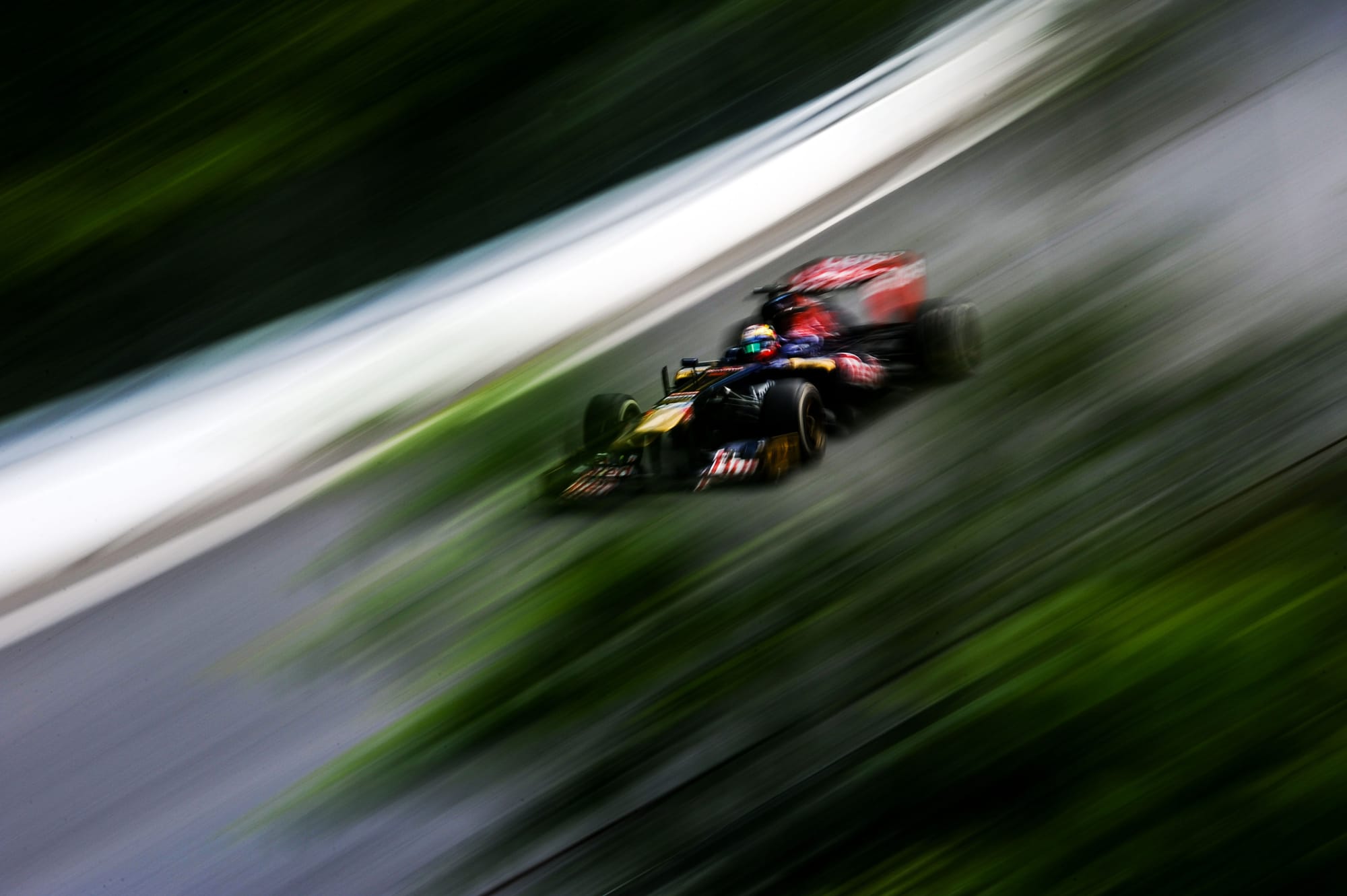
Jean-Eric Vergne could have been Sebastian Vettel’s replacement at Red Bull, but that seat went to Daniil Kvyat instead. There’s probably a good argument to be made that Kvyat should have been taken more seriously too, but at least he had a shot at the Red Bull drive.
Vergne endeared himself to Helmut Marko and co with some sterling junior series results but by the time he was in contention for the 2015 Red Bull seat in Vettel’s place, Vergne had fallen behind Kvyat in the pecking order.
Sure, the Frenchman’s qualifying performances weren’t as good as the Russian’s, but Vergne was consistently better on race pace.
Vergne’s attitude might have been a contributing factor; the step from winning junior races to being in the midfield in F1 made him a slightly tetchy character to be around.
In 2015, Vergne lost his Toro Rosso seat to Carlos Sainz, with Max Verstappen on the other side of the garage.
The fact remains that Vergne gave plenty to Formula 1 - he was almost broke after his rookie F1 season - and given his talent, he should have been picked up by another F1 team after Toro Rosso jettisoned him.
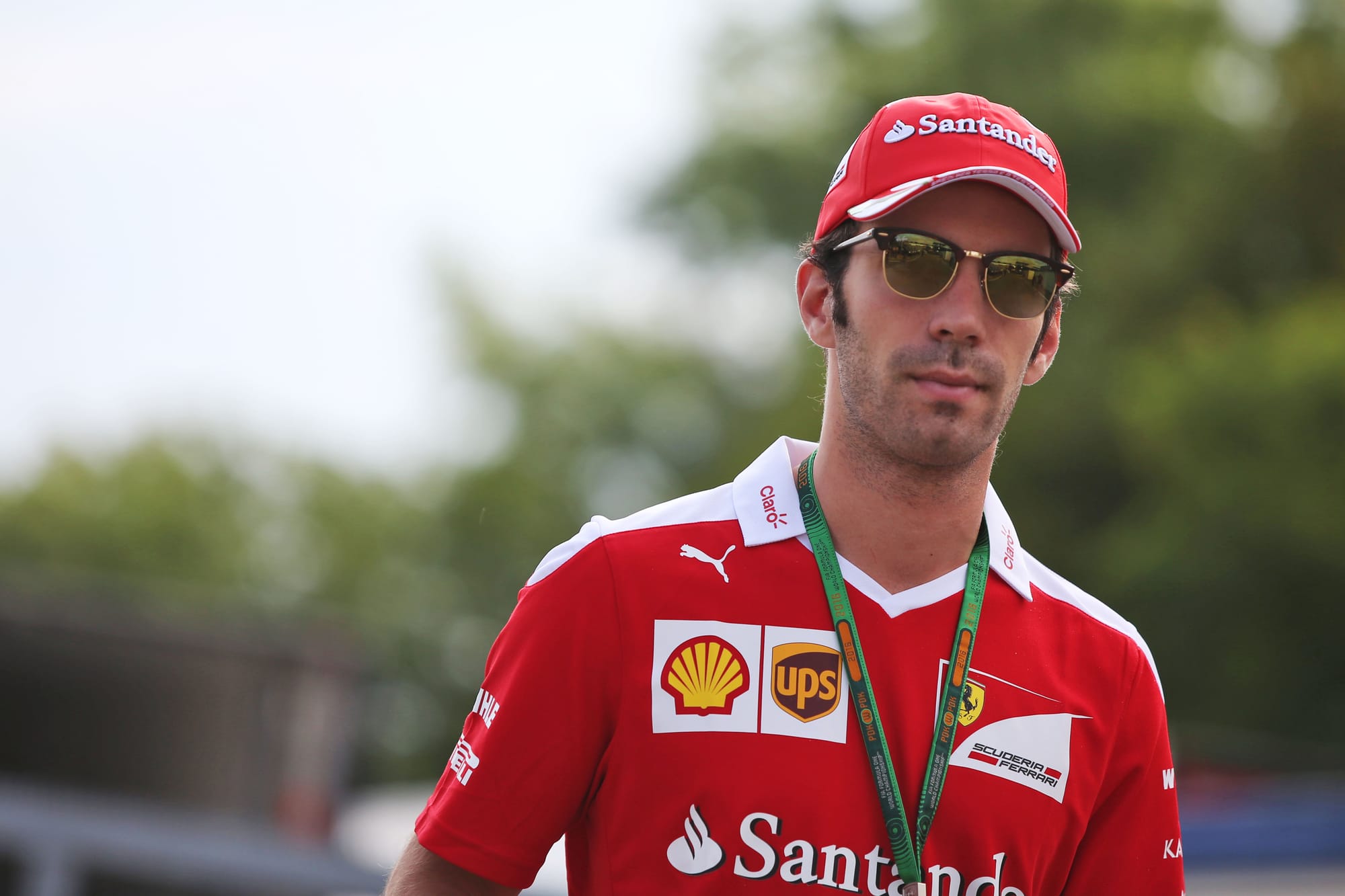
He was given a Ferrari test driver role from 2015 to 2017, but that’s the last we saw of Vergne in F1 before his successful Formula E career began.
Tommy Byrne
Gary Anderson
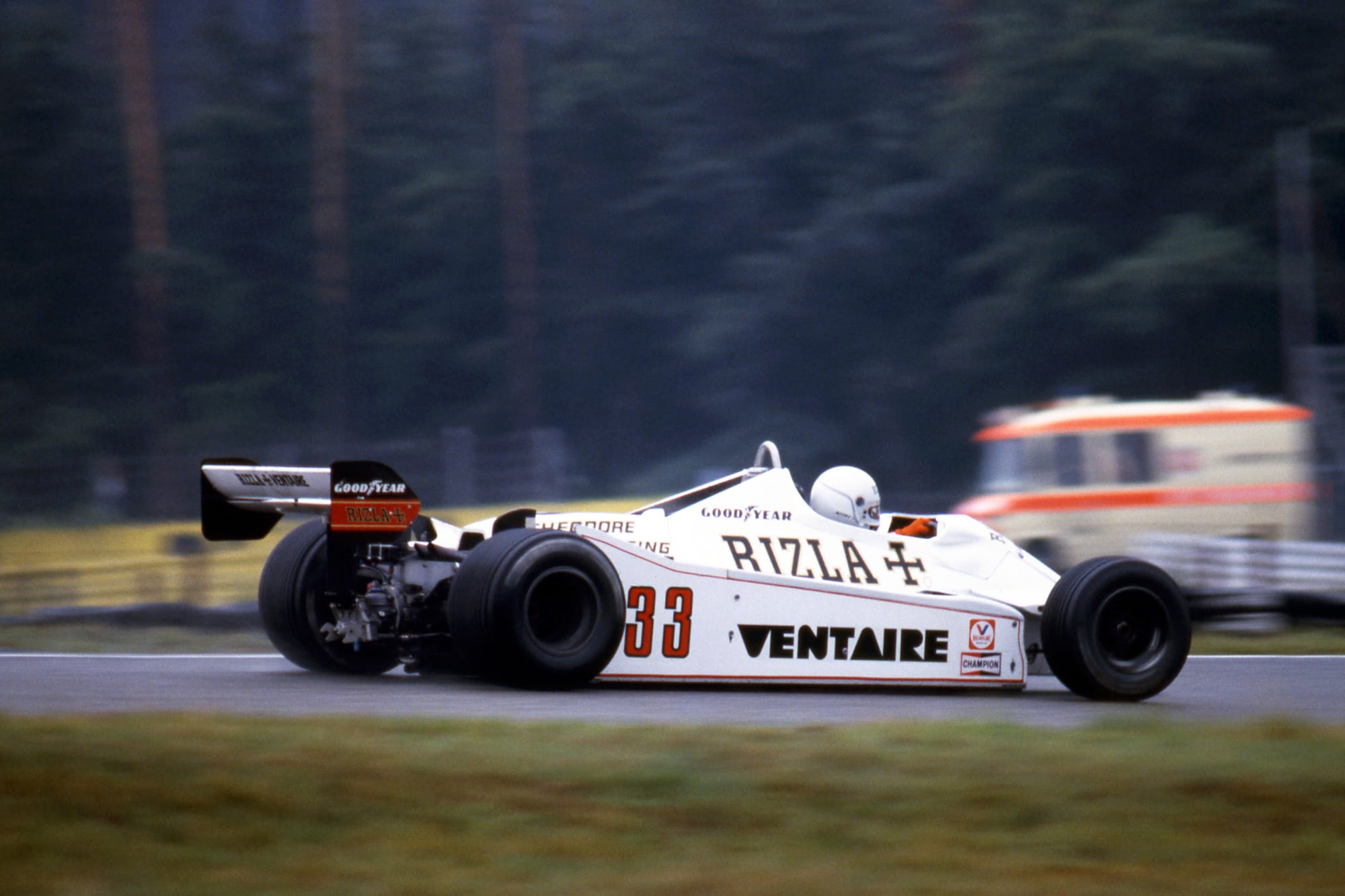
I would have to go for Tommy Byrne because he is one of the most naturally talented drivers that I have ever worked with. He had a chance at the end of 1982 in a Theodore, but at that time it was a team fighting for survival, so he qualified twice out of five attempts.
However his big opportunity came in a test that year at Silverstone with McLaren, when he was quicker than McLaren's regular drivers. But his face didn’t seem to fit in with the McLaren driver philosophy.
He was a bit of a character, fairly outspoken so you could say he'd have been a very good James Hunt replacement. Having him around would have certainly livened things up but I suppose corporate F1 as it had become by then wasn't ready for that.
I’m pretty sure in the right car he would have been a race winner and from there who knows what would have happened.
Andre Lotterer
Sam Smith
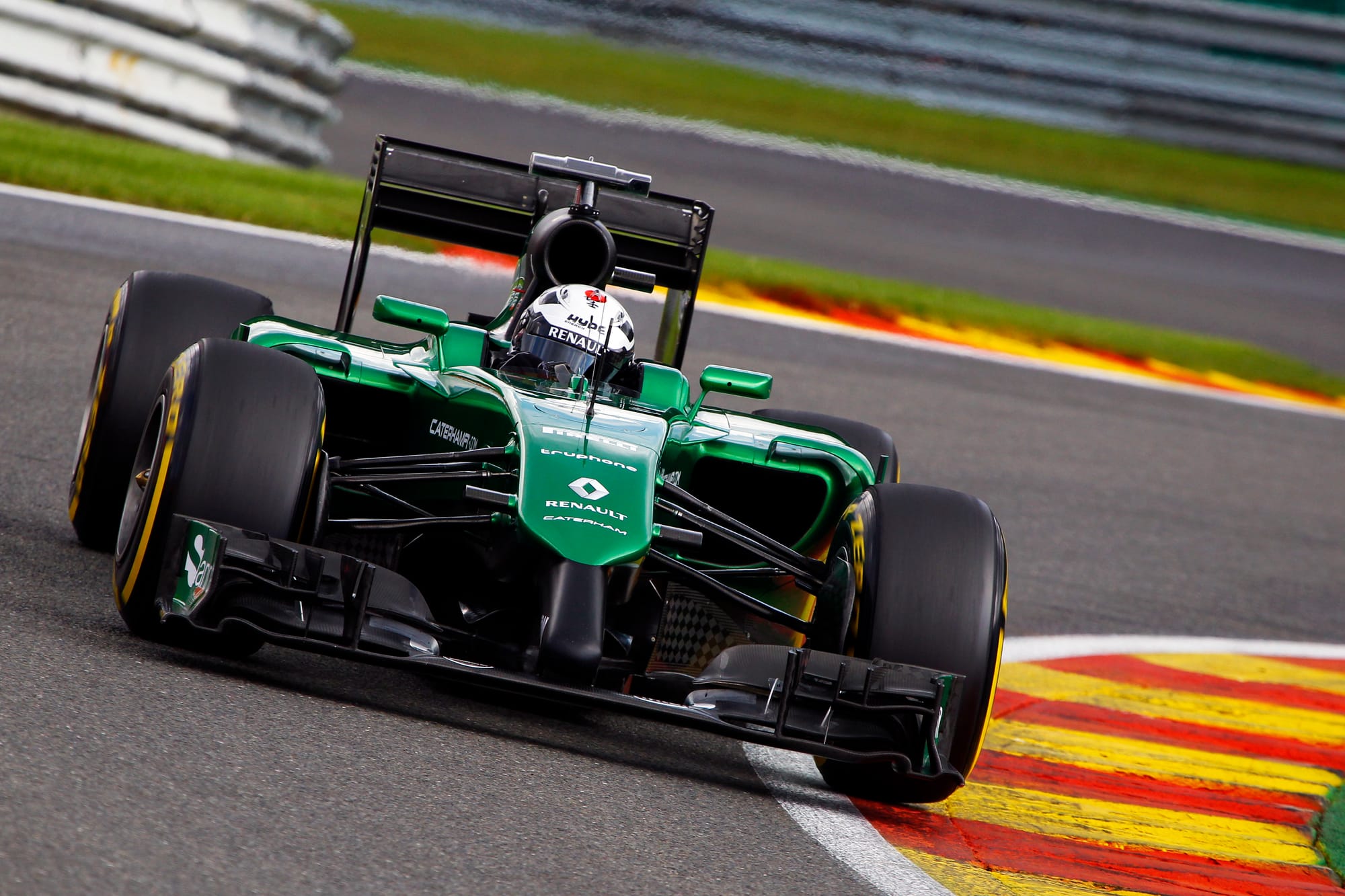
Andre Lotterer will forever be, in the gliding all-consuming bubble of F1, nothing other than a stark curio-anomaly among one of F1's slowest and most painful team deaths.
Caterham essentially reprised Andrea Moda’s early 90s comical efforts in 2014 and by the Belgian Grand Prix, it was looking for a driver that was both a safe pair of hands and a decent technical head.
Lotterer was all of those things and he’d proved it with three Le Mans wins, a Formula Nippon title and a couple of Super GT championships. Outside of F1, he was the most decorated driver around.
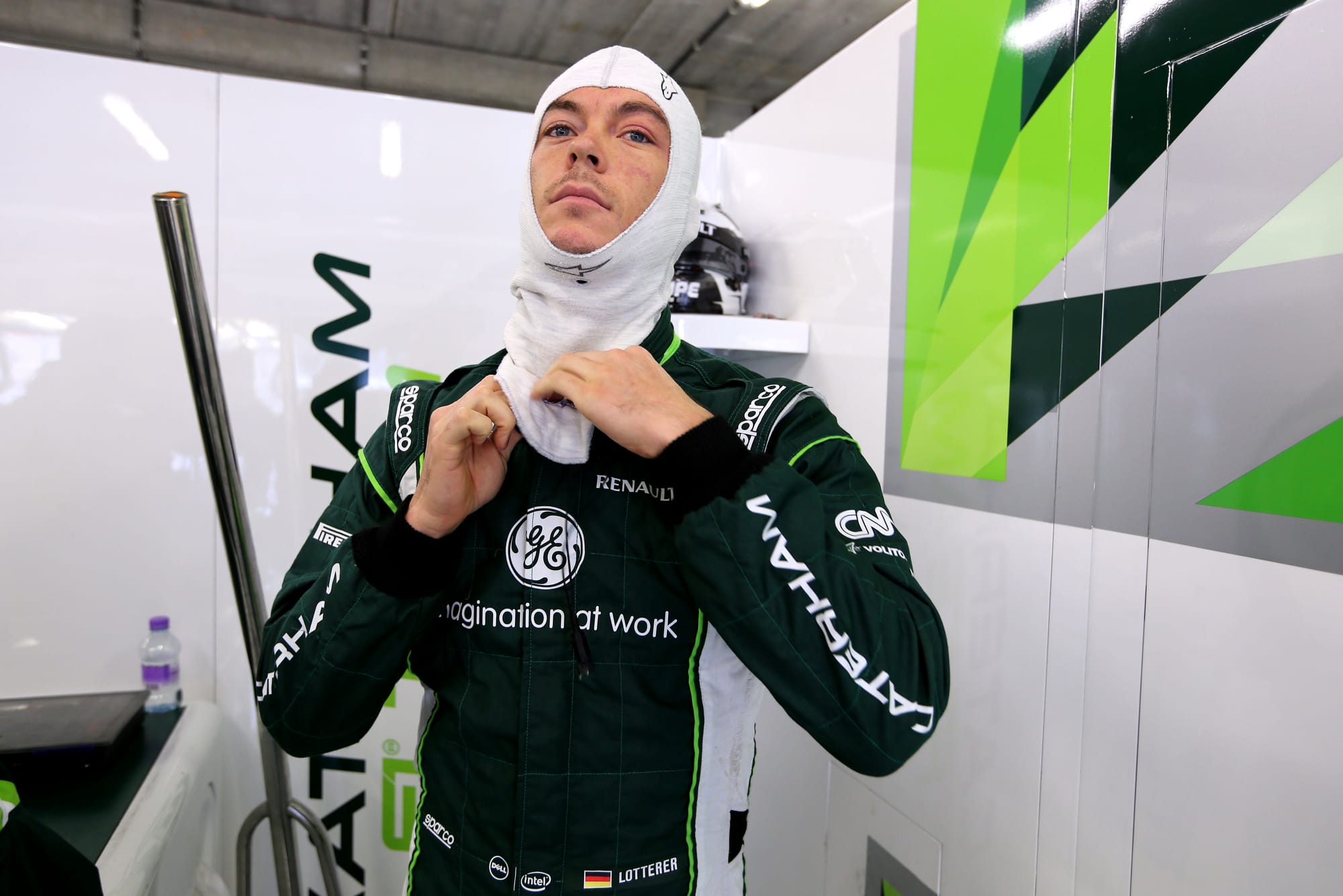
That his one and only F1 start was in such wretched circumstances was comical. Lotterer saw and still sees the funny side in his own nonchalant manner. But 14 years earlier, as a teenager, it was much more serious.
A valued test driver, along with James Courtney at Jaguar, Lotterer was a genuine hotshot, who at one stage looked as though he could be promoted to a race seat. When that didn’t happen, he briefly went to CART and then on to his bountiful Japan achievements.
For a period between 2010 and 2016, Lotterer was arguably the quickest and most strategically gifted sportscar driver in the world. Even now, aged 42, with Porsche Penske, he is leading the World Endurance Championship title race handsomely at a time of peak competition.
Lotterer deserves to be in the conversation as one of the best-ever drivers in one of the poorest-ever cars. But that shouldn't distract from a separate debate on his talents or his aptitude for deserving a whole lot more across a remarkable career.
Roberto Guerrero
Mark Hughes
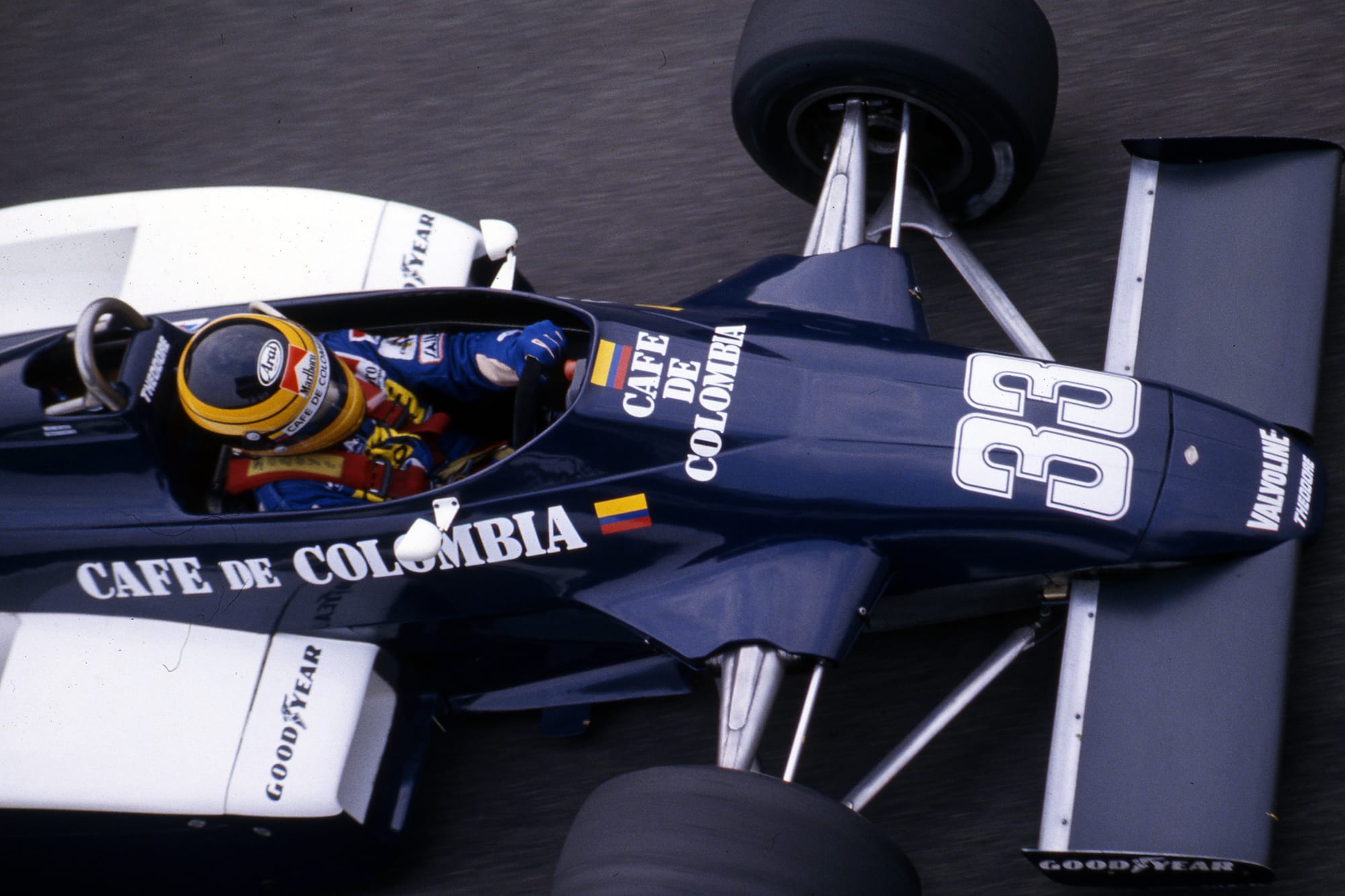
Byrne was my first pick so I'll go instead for another guy from a similar period: Roberto Guerrero.
A Colombian in F1 a couple of decades before Juan Pablo Montoya, he did only two seasons - 1982 and 1983 for Ensign and Theodore respectively - but often put those cars in among much better-funded opposition.
He was seriously quick, technical and smart. Also, team people warmed to him and would have put themselves out to help him. He showed his class when he made the move to IndyCar - and scored a great 'spin-and-second' in the Indianapolis 500 - but a serious crash really blunted his career progression.
With luckier breaks he had everything he needed to be a grand prix race winner and possibly even a title contender, as he had the smarts to develop himself and his car.
There was talk in the winter of 1983 of him joining Brabham as world champion Nelson Piquet's team-mate from 1984. If that had happened, he'd have been the ideal man to have led the team after Piquet departed.
Martin Brundle
Ben Anderson
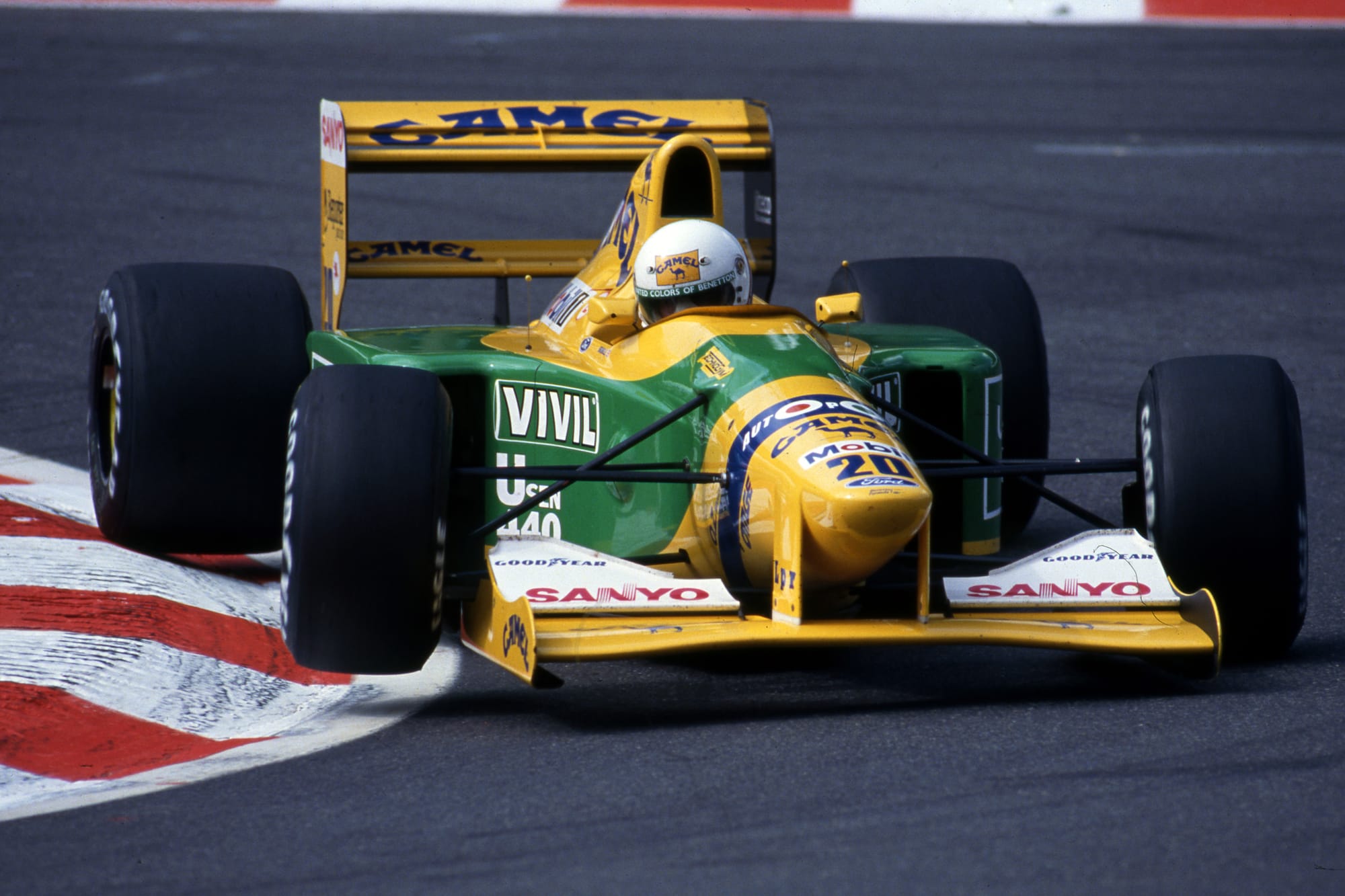
I don’t think there are really many drivers you could say were genuinely and unfairly passed over completely by top F1 teams, particularly in the modern era, but I do wonder about Martin Brundle.
This is someone who ran Ayrton Senna incredibly close in British F3 and became world sportscar champion too, but who also got seriously injured early in his F1 career with Tyrrell in 1984 and then just couldn't catch breaks at the right time.
Brundle was out of Benetton a full season before it became a title-winning force in 1994, hopping into McLaren just as it entered its post-Senna/pre-Mercedes (and Adrian Newey) mid-nineties wilderness.
Apart from his 1992 season at Benetton, when team-mate Michael Schumacher took his first F1 victory, I don’t think we ever really got to see the best of Brundle.
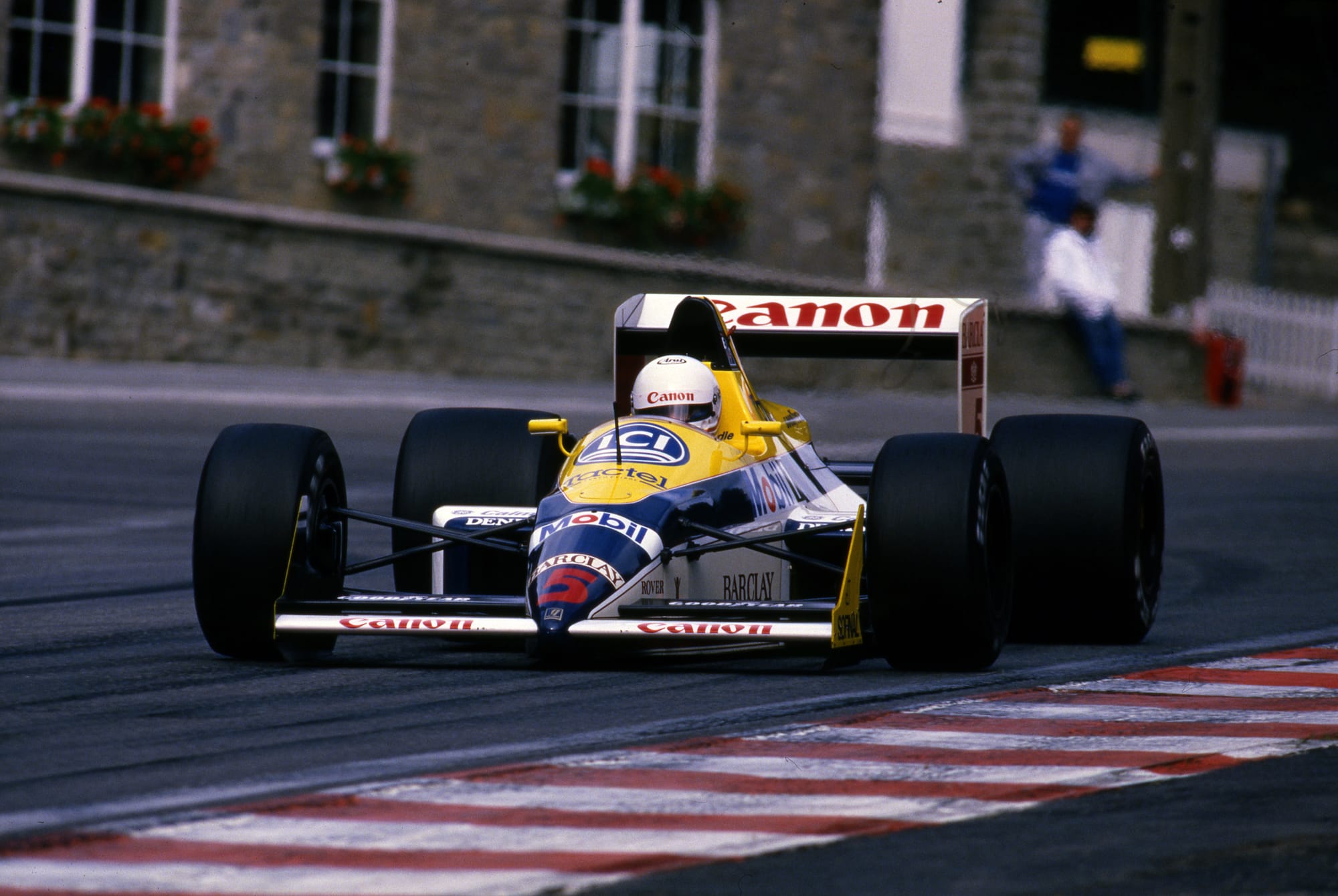
Even a one-off for Williams in place of Nigel Mansell at Spa in ‘88 came when that team was existing in a tricky Judd V8-powered phase between its mighty Honda turbo and Renault V10 years.
Brundle wasn't at Schumacher's level, especially given the greater experience Brundle had, but he wasn't that far off in '92 and probably deserved better than to spend the bulk of the 1990s phase of his F1 career in cars that could only punt for occasional, opportunistic podiums at best.
Sergey Sirotkin
Val Khorounzhiy
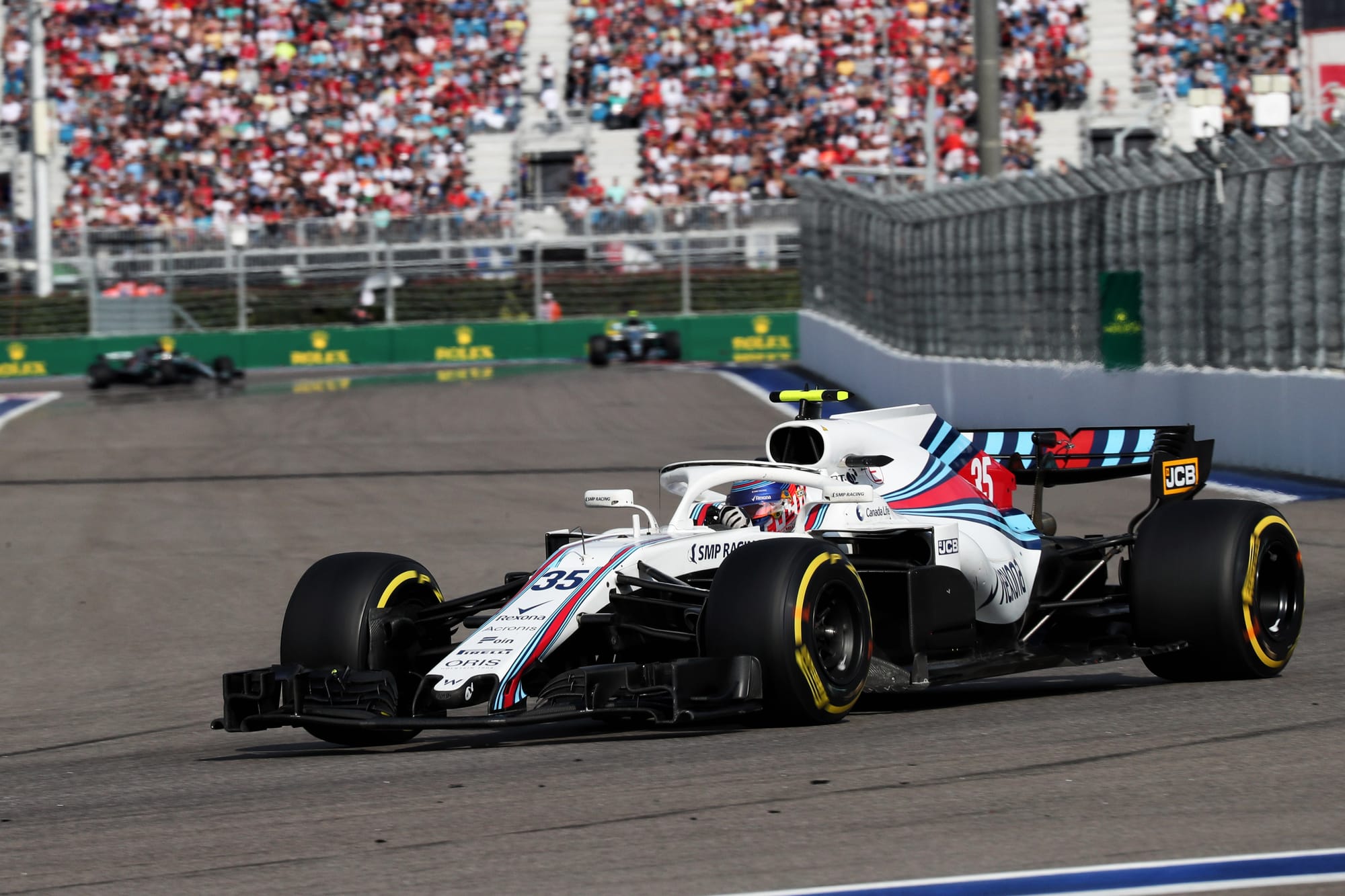
Sergey Sirotkin got one year in a dodgy Williams - in which he was basically a one-to-one match with sophomore Lance Stroll - before being banished into the dreaded 'reserve driver' zone and soon vanishing from the F1 periphery entirely.
There was an understandable mistrust of Sirotkin's credentials for F1, traced back to his FP1 debut - arranged conveniently for the inaugural Russian Grand Prix - as a relatively little-known 19-year-old.
He was a driver who owed his biggest F1 chances to state-connected funding, though you do have to doubt that he would've been as well-prepared as Stroll even if they had both started 2018 as rookies.
Outside of the business of it all, though, in as far as history remembers him at all, it seems to have been kind to Sirotkin the F1 driver, or at least that's the impression left from talking to fellow journalists.
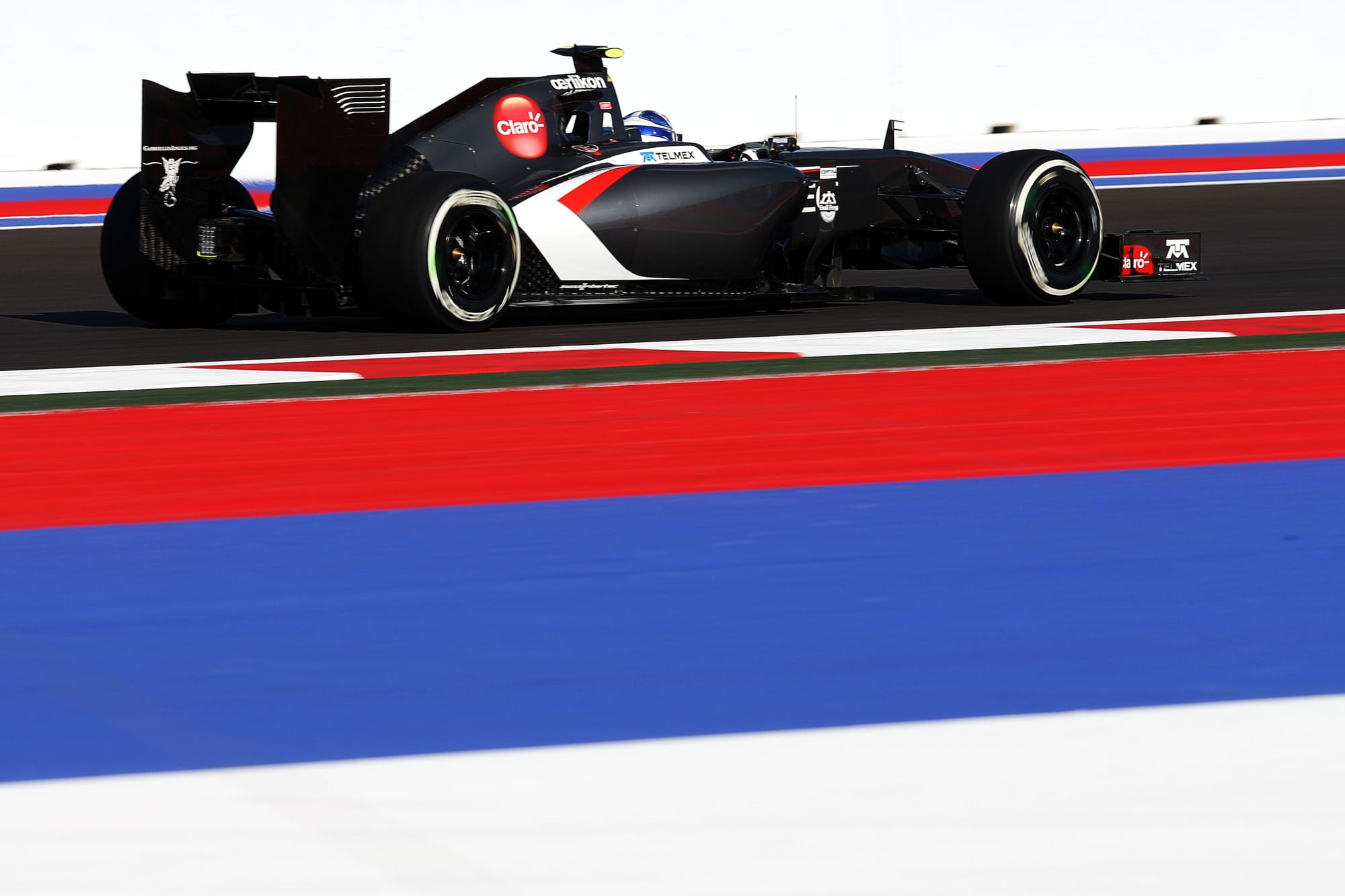
And there were always glimpses, scattered all over his fairly eclectic single-seater career, of serious potential - being Formula Abarth champion and a very young Auto GP frontrunner makes you a curiosity, but being a race winner in a particularly strong Formula Renault 3.5 season (headlined by a Red Bull 1-2 of Carlos Sainz and Pierre Gasly) and a back-to-back third-place finisher in GP2 makes you a wheelman.
He surely wouldn't have been F1 champion, probably not a race winner, but a Kevin Magnussen-esque career is quite easy to imagine as a (unmistakably optimistic) baseline, but with enough mystery baked in for Sirotkin to have been quite a lot worse but also maybe better.
Michael Andretti
Glenn Freeman
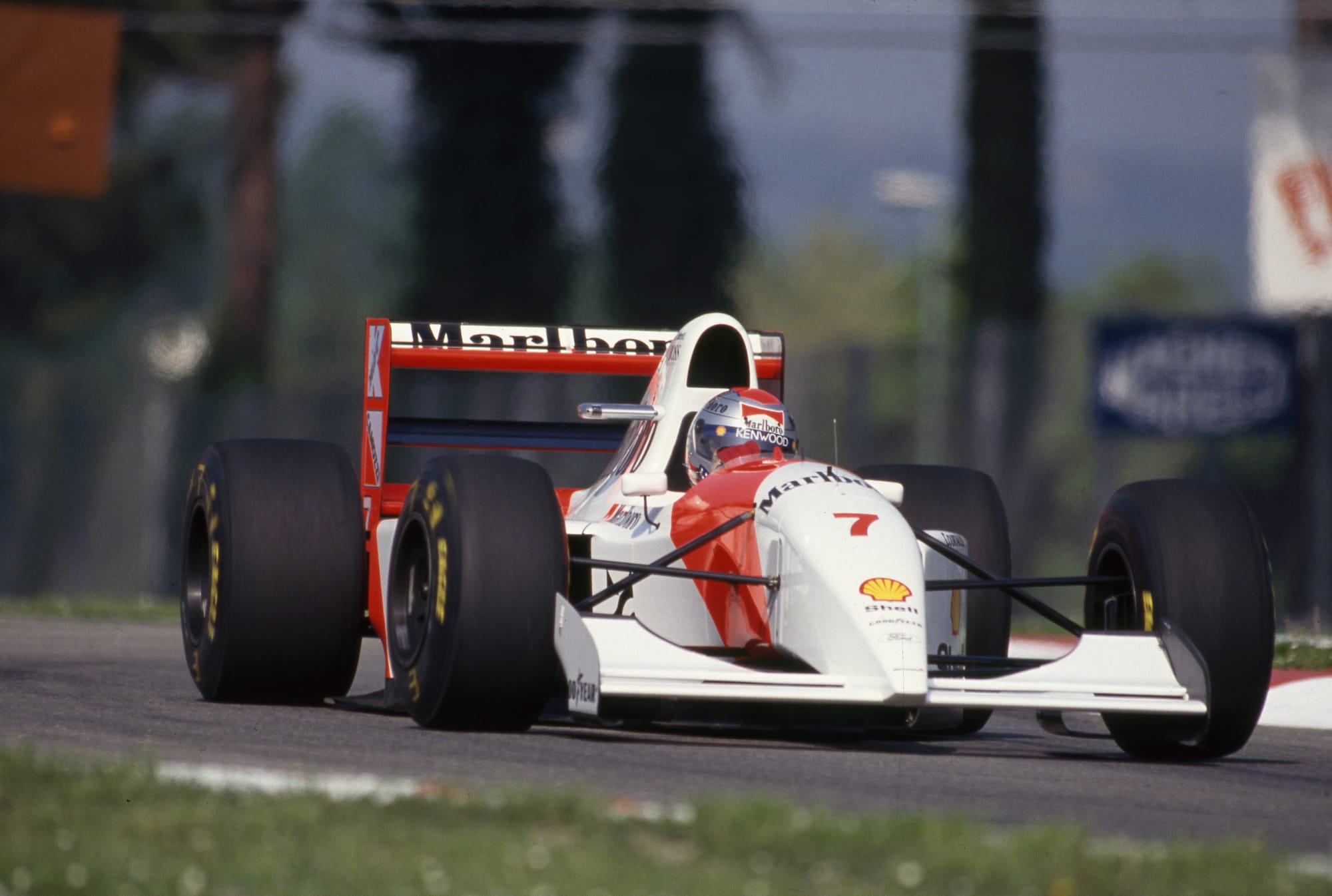
Michael Andretti didn't make a great impression in his 13 races with McLaren in 1993, but given time I'm sure he'd have achieved more in F1.
It wasn't ideal to be coming in as a rookie alongside Ayrton Senna, and trying to adapt to the high-tech 'gizmo' cars before driver aids were banned at the end of the year.
The challenge was made even tougher by a silly rule change that limited the number of laps drivers could do in free practice, supposedly in the name of cost-cutting.
Those ingredients made 1993 one of the worst seasons for someone to try to make the move Andretti made. Had he stuck around for 1994, I'm sure he would have got on better with the passive cars, even as McLaren's competitiveness dipped.
He's always been criticised for not moving to Europe, which he dismisses. However, his father Mario has said Michael was planning to relocate at the end of '93, so perhaps he had worked out the value of that - or at least the importance of the perception around it.
I don't agree with Mario's claim that Michael would have become a world champion if he'd stayed, but there was much more respect to be earned if he'd had a longer F1 career.
Stoffel Vandoorne
Scott Mitchell-Malm
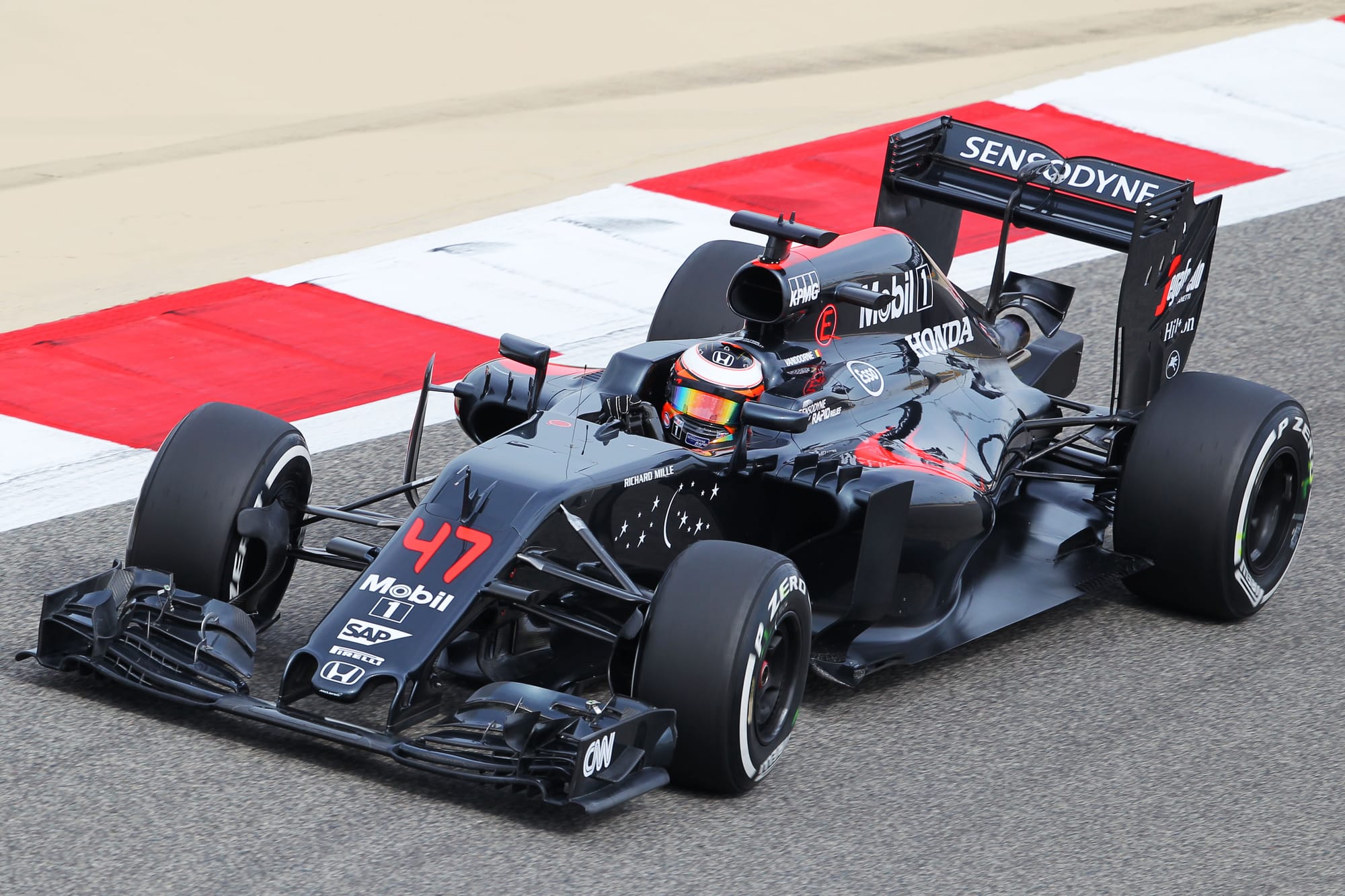
There's a valid, if slightly harsh, argument that Vandoorne deserves no sympathy for how shortlived his F1 career was.
In the second of his two seasons, with McLaren 'finally' free of the misery of its Honda union, he was obliterated by Fernando Alonso - whitewashed in qualifying and beaten 50 points to 12 in the championship. Then to cap it off, a very young Lando Norris stepped in for some practice sessions and immediately looked quicker and more adaptable than the struggling Vandoorne.
Vandoorne's 2018 season might not have merited further opportunity in isolation but it's amazing that nobody else in F1 backed him given the weight of the other evidence - like his prodigiously good junior career, his point-scoring F1 debut as a stand-in in 2016, and an alright first full season alongside Alonso in 2017.
If you look at others who found their way onto the F1 grid in unlikely circumstances - think Kevin Magnussen, Daniil Kvyat, Alex Albon or Nyck de Vries - you see a mix of drivers who got second (or third!) chances that Vandoorne should have merited too.
Vandoorne's biggest problem was adapting to the peculiarities of the McLaren that have been highlighted by several drivers since. He couldn't live with the unstable rear end that was inadvertently hard-wired into the car's design, or hustle it like Alonso (or subsequently Norris). He was a constrained driver and a shadow of his former self.
It's a shame nobody gave him the chance to untangle that mess somewhere else in F1. In hindsight Vandoorne probably knows he could have done a better job himself. But it was also a very, very damaging case of being in the right place at the wrong time.
Olivier Panis
Josh Suttill
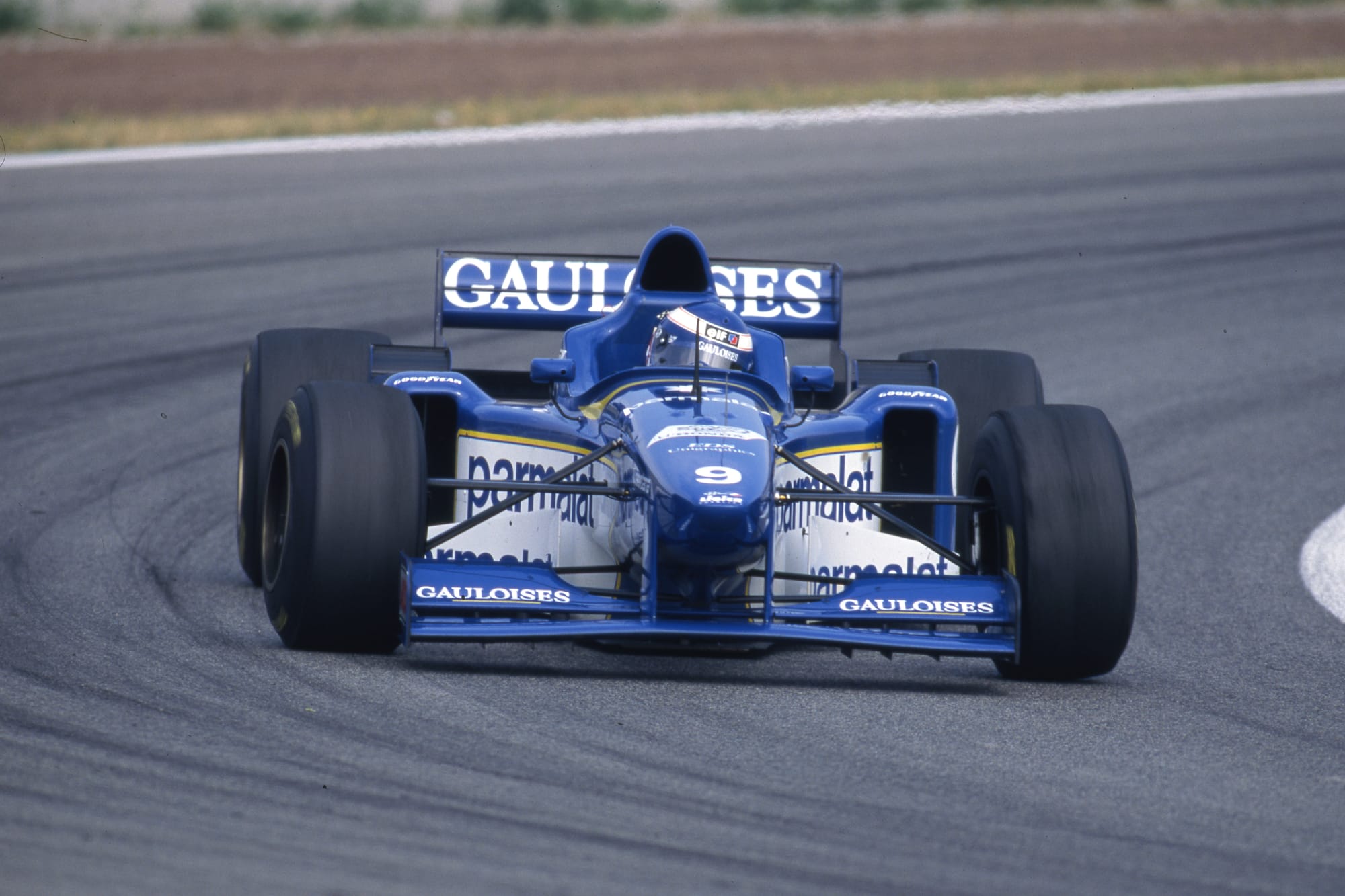
The dogged spirit that helped Olivier Panis win the 1996 Monaco Grand Prix in a midfield Ligier was present on a number of other occasions during Panis' 10-season F1 stint. And it's easy to forget that Panis's brave overtaking heroics and supreme tyre management won him that wild Monaco race just as much as the misfortune of others.
He arrived in F1 having seen off the likes of David Coulthard and Gil de Ferran to the 1993 International Formula 3000 title. Ligier provided Panis with limited machinery from 1994-96 but he always compared well to a host of team-mates who ranged in quality from Martin Brundle to Pedro Diniz.
In 1997 the unexpectedly potent Bridgestone-Prost combination almost powered Panis to win number two in Barcelona (traffic denied him) and he was third in a championship when he broke his leg in a Montreal shunt. Whether Panis could have challenged for the title is one of F1's greatest what ifs?
Panis's injury meant he missed months of use of the peak of the F1 machinery he'd have at his disposal in his career. He did still make a great injury comeback to take a point for sixth despite initially having to use both legs to apply enough brake pressure.
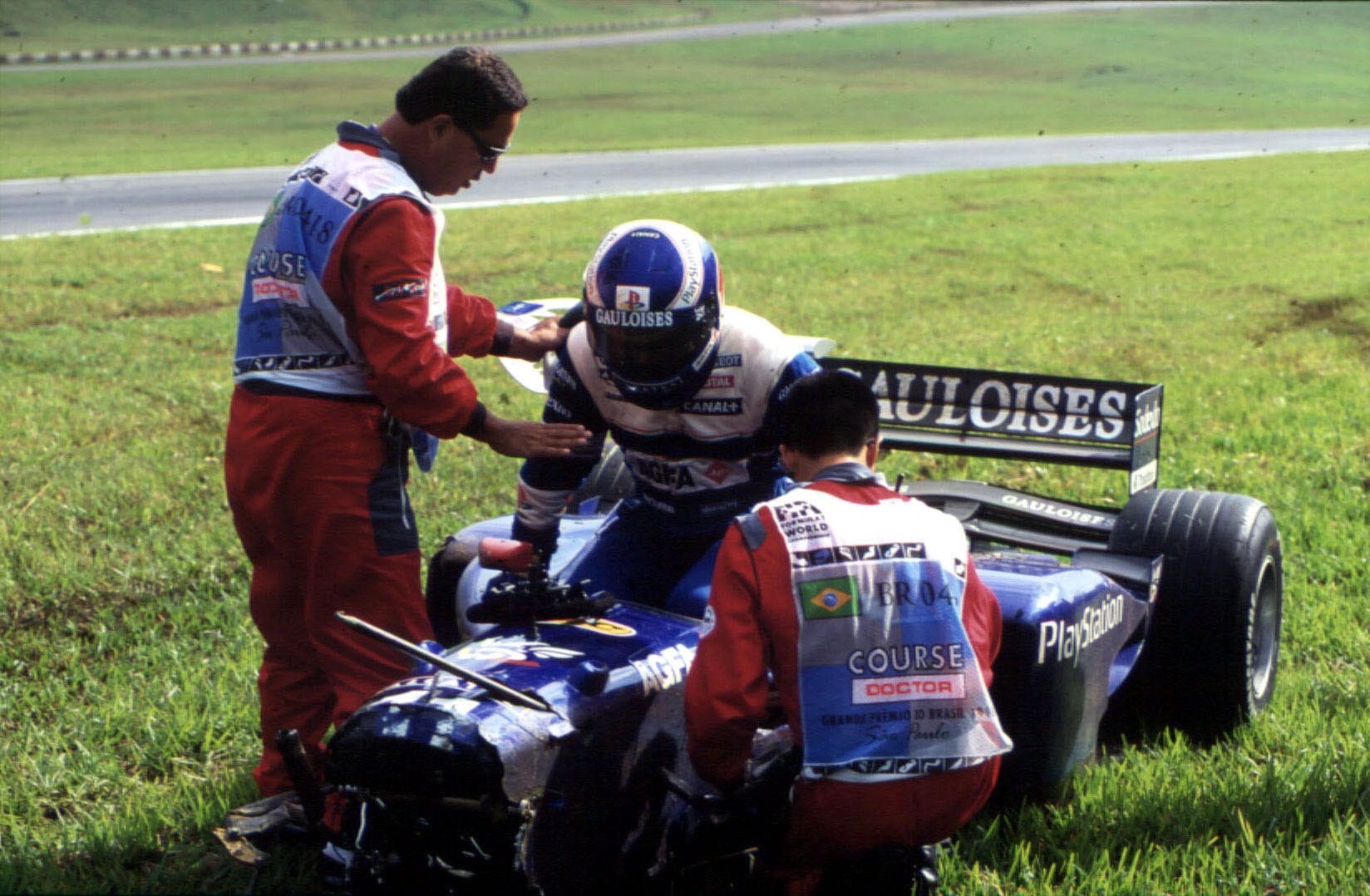
Two tricky years with Prost followed as the team declined towards an inevitable demise but Panis revitalised his career during a season spent as McLaren's test driver in 2000, impressing Ron Dennis immensely, lapping competitively against Coulthard and Mika Hakkinen and earning himself a deal with BAR Honda.
There he was only a small margin behind Jacques Villeneuve across their two years together - a time when a not-yet-unmotivated Villeneuve was still operating at a higher level than is often remembered.
Panis was 36 by the time Toyota signed him for 2003. He bowed out respectfully after four years with the team (two years spent racing, two years spent testing) but he did so with only ever having raced frontrunning machinery accidentally.
Gianni Morbidelli
Matt Beer
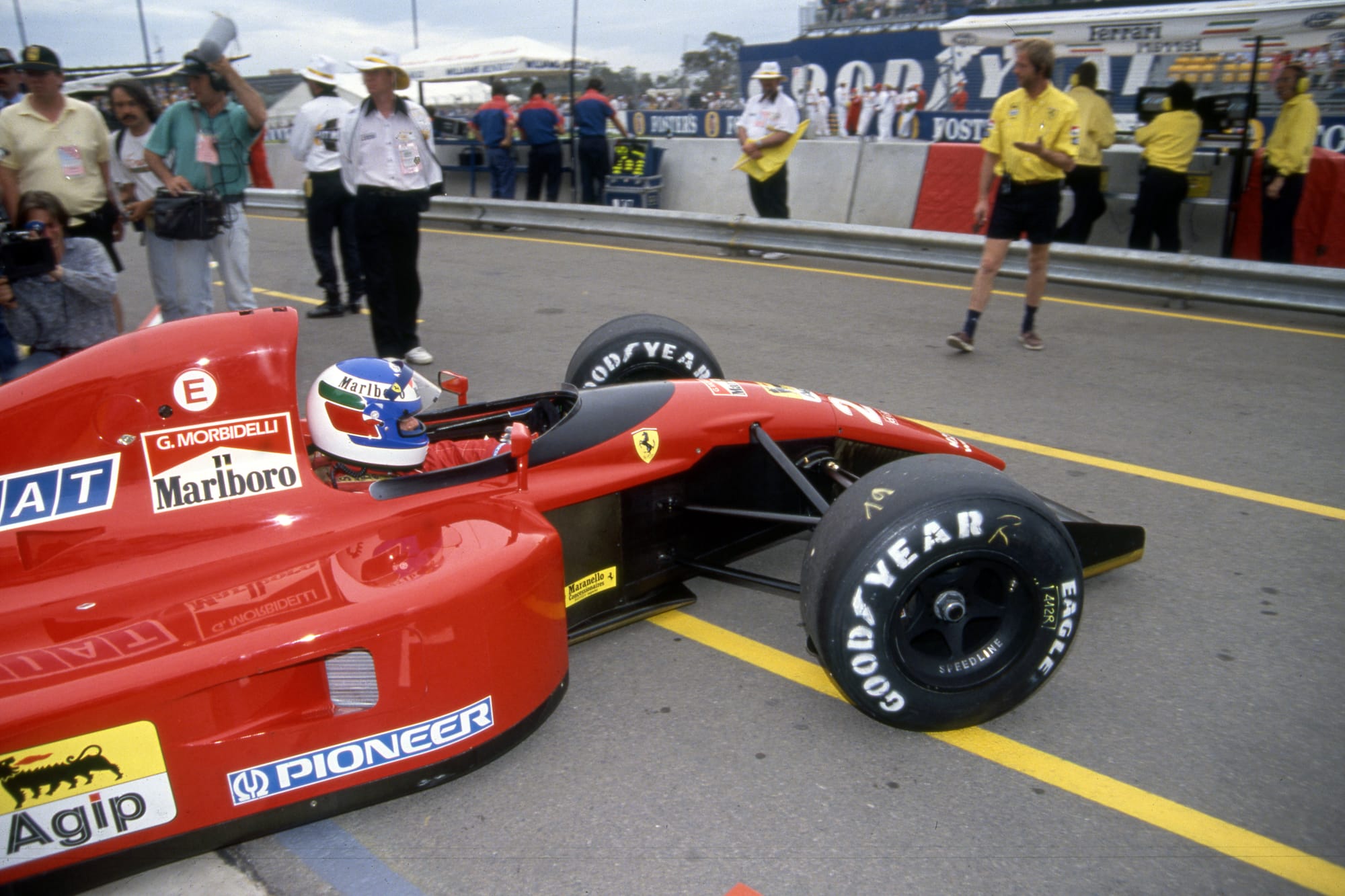
OK maybe it's a stretch to imply that a driver who had a podium finish and raced for Ferrari was hard done by in F1, especially given his career record overall could accurately be described as 'a bit patchy'.
You could write off both his sixth place in the rain-shortened 1991 Adelaide race in the Ferrari Alain Prost had just been booted out of and his podium for Arrows at the same event four years later as lucky anomalies.
But that Ferrari one-off - thrown into a team in turmoil for a race in torrential rain - was a decent job in the circumstances. That Arrows podium required beating a McLaren.
There were plenty of qualifying and race efforts in his stop-start Arrows seasons (in which Morbidelli was always on the cusp of losing his seat to a funded driver, and temporarily did) where he was getting the car higher up the field than it deserved to be.
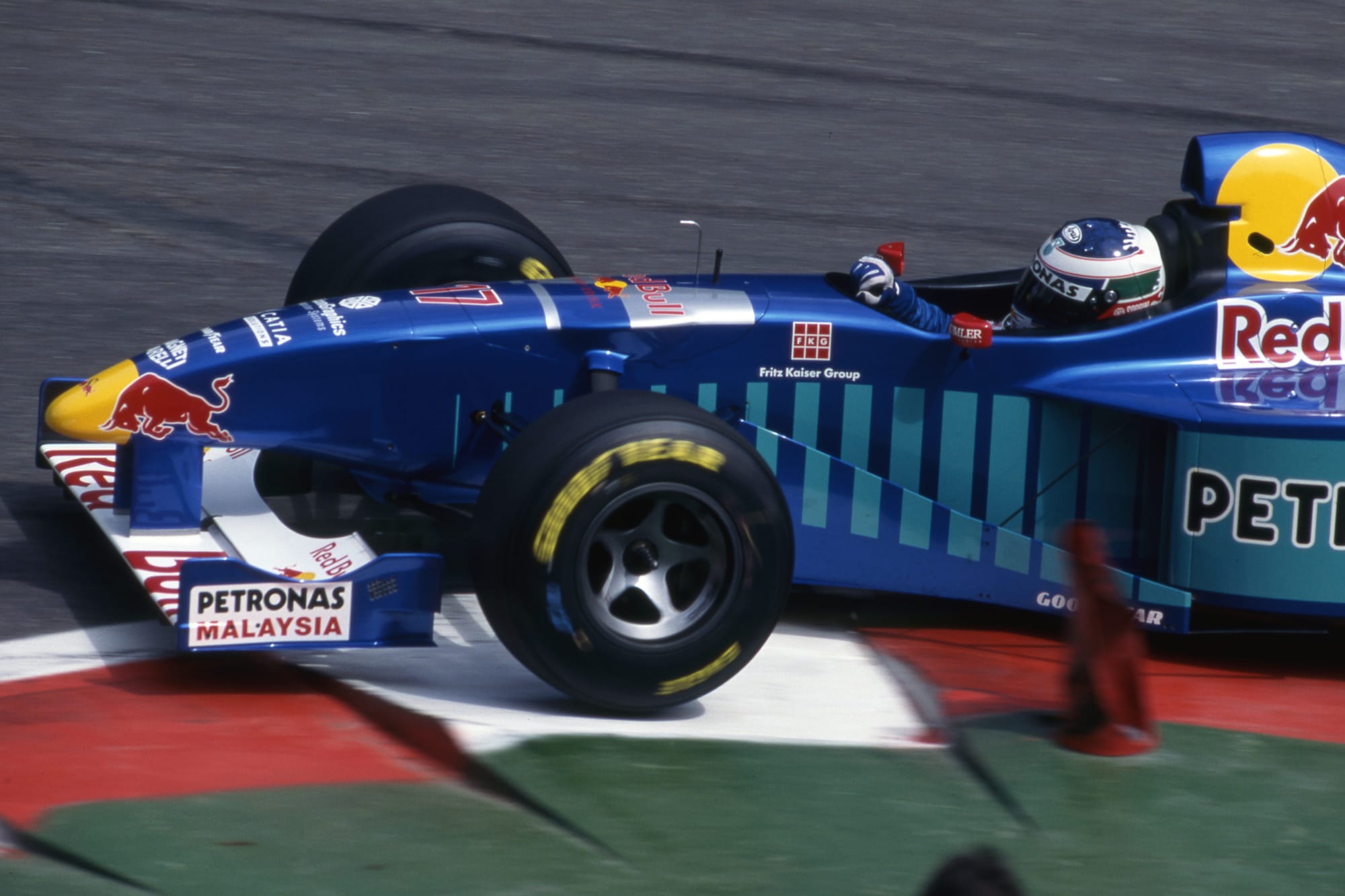
Being blown away by Johnny Herbert during a 1997 part-season with Sauber ended Morbidelli's F1 story. But that injury-interrupted stint, thrown back into F1 after a year and a half away when Sauber dumped Nicola Larini, wasn't really a fair way to judge what Morbidelli could do with a (slightly) competitive car.
None of 1990s F1's top teams should kick themselves that they missed out on a potential champion by not looking Morbidelli's way. And the fact Ferrari never gave him another race chance when he was in its test roster for so long was probably a bullet dodged at the time.
But there were enough glimmers there that suggested there were more Adelaide 1995 style podiums in him if he'd had a bit of stability at a stronger upper midfield team.


